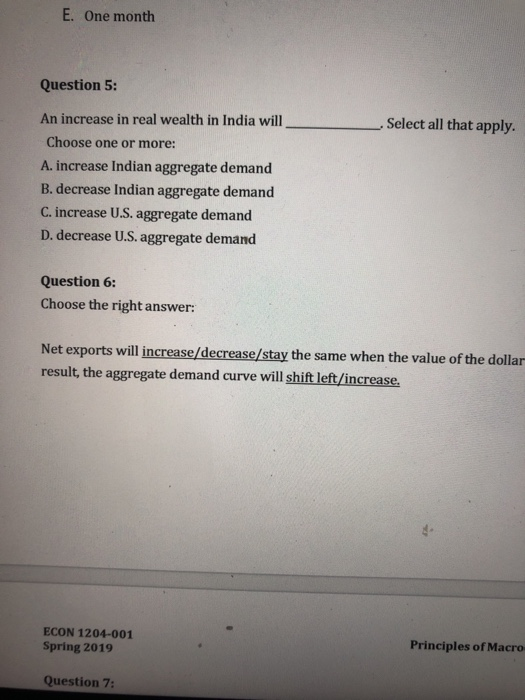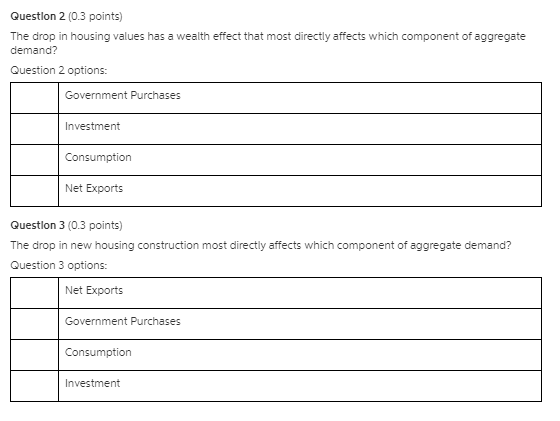Question
Question 1: Given that a city has 120 commuters. Given inverse demand function for commuting on highway: D(T) = 120 ? T. This function means
Question 1:
Given that a city has 120 commuters. Given inverse demand function for commuting on highway: D(T) = 120 ? T. This function means the marginal benefit (in dollars) of adding another car to the road when there are T cars on the road. If T people are using highway, travel times (in minutes) are M(T) = T. Everyone values their time at 2 dollars per minute.
a) Why might the marginal benefit of using the road differ across people?
b) Derive the social marginal cost curve. Please give steps in details.
c) When there is no toll, what are the equilibrium quantity of highway users, equilibrium quantity of alternative-route users, equilibrium total cost of commuting for highway users, equilibrium total cost of commuting for alternative-route users, equilibrium total cost of commuting? Show every step for computing all these quantities and show all these quantities' curves on a graph.
d) When the toll is set to maximize social welfare, what are the equilibrium quantity of highway users, equilibrium quantity of alternative-route users, equilibrium total cost of commuting for highway users, equilibrium total cost of commuting for alternative-route users, equilibrium total cost of commuting, toll and toll revenue? Show every step for computing all these quantities and show all these quantities' curves on a graph.
e) For each person, how much better or worse off they are after the introduction of the toll? Is there enough toll revenue to compensate for their loss in welfare?
Question 2:




Step by Step Solution
There are 3 Steps involved in it
Step: 1

Get Instant Access to Expert-Tailored Solutions
See step-by-step solutions with expert insights and AI powered tools for academic success
Step: 2

Step: 3

Ace Your Homework with AI
Get the answers you need in no time with our AI-driven, step-by-step assistance
Get Started


